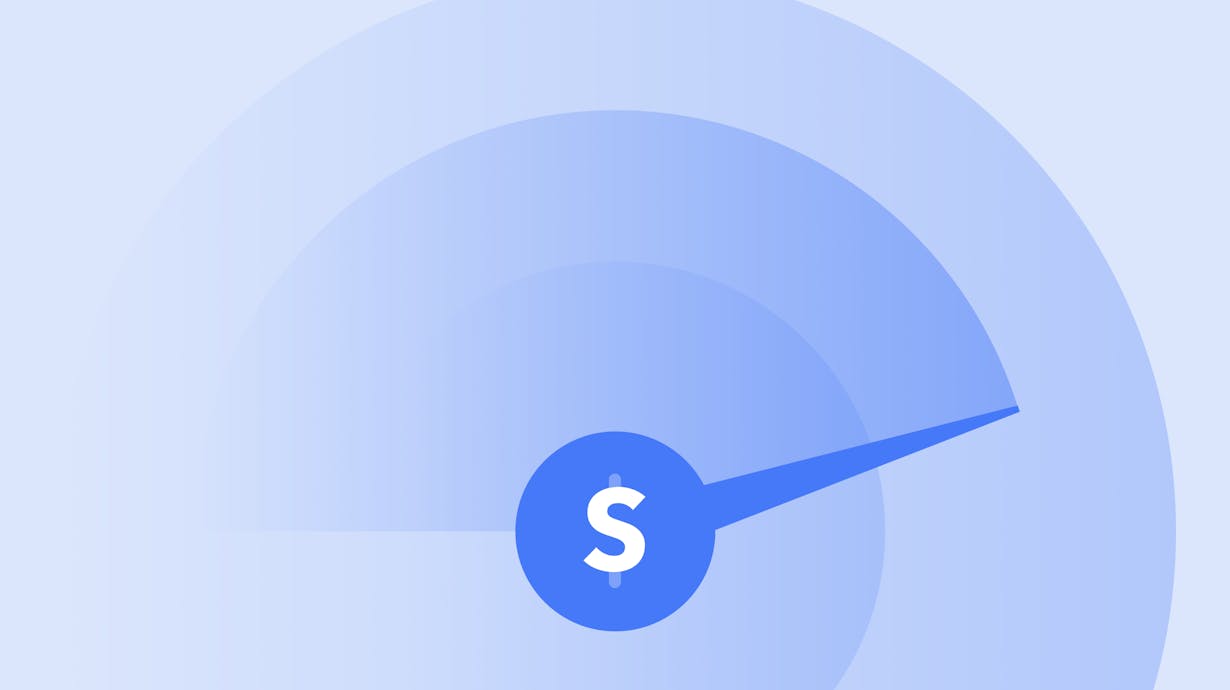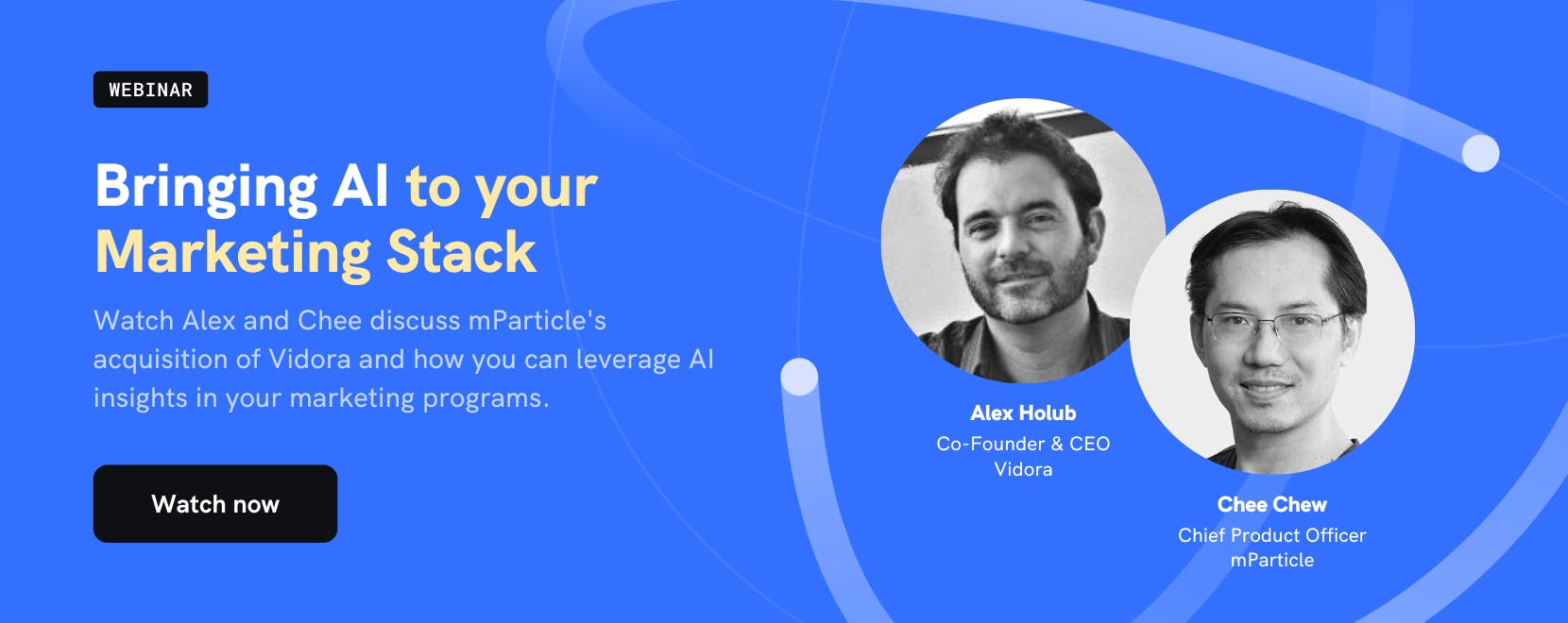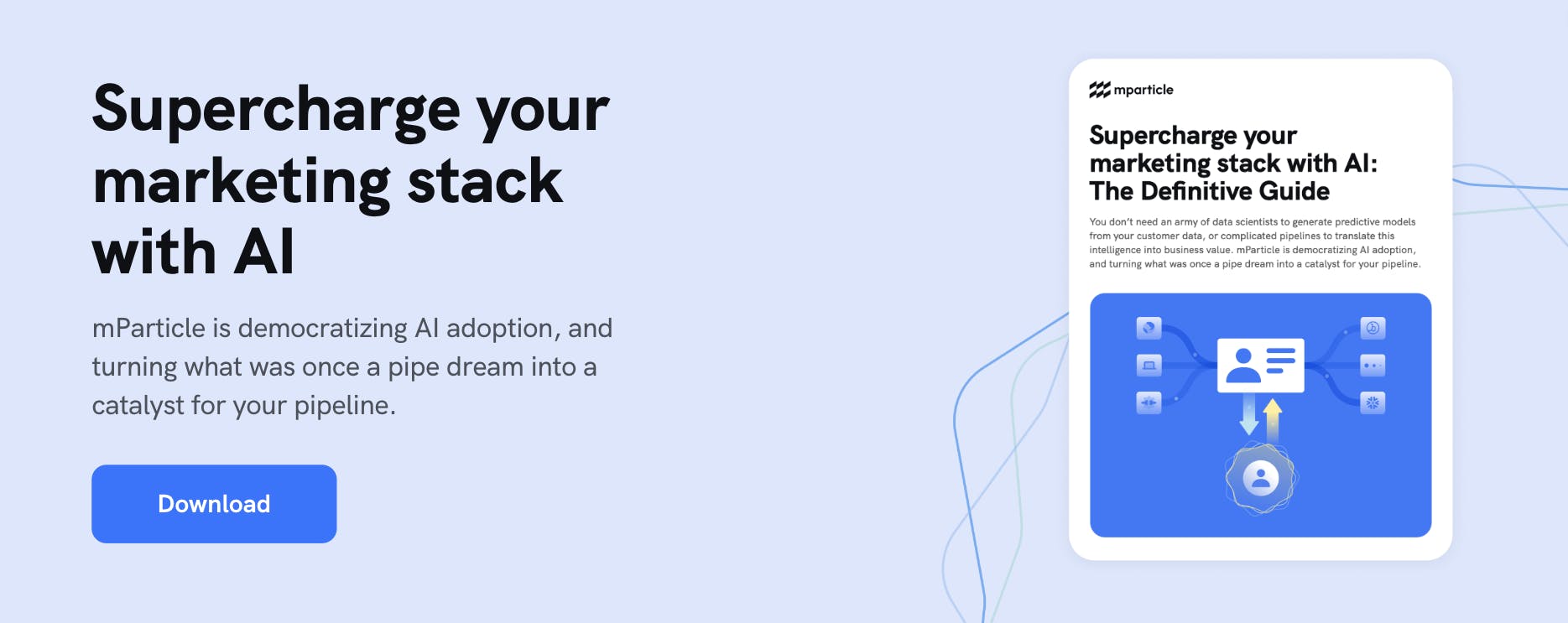How to improve ROAS with predictive advertising
As paid media budgets tighten and consumer expectations increase, delivering highly-targeted paid campaigns is critical. This article walks through how predictive advertising can increase paid efficiency, and how you can get started with AI without a team of data scientists.

If you spend any time working in paid channels, you know the cost of running ads has been on the rise. The Drum recently reported that Meta’s cost per thousand (CPM) has increased 61% YoY, and Google’s programmatic display CPMs have increased by 75% YoY. At the same time, many brands are tightening their advertising budgets due to general economic uncertainty. And meanwhile, consumers are expecting better ad targeting, personalization, and overall messaging than ever before.
Generic, poorly targeted ads are now not only a waste of your limited budget, but they can also reduce brand sentiment by annoying customers, lowering the likelihood of purchase in the future.
To hit your acquisition goals today, you need to be smarter about how and when you advertise to your customers. That’s where predictive advertising can help.
Predictive ads are targeted based on Artificial Intelligence (AI) predictions of how consumers are likely to behave in the future based on what they have done in the past. You can use AI to predict, for example, which customers are likely to make a purchase, and then deliver advertisements tailored specifically for these high-intent customers.
In this article, we’ll explore the benefits of predictive advertising and show you how you can get started with AI without hiring an entire data science team.
What is predictive advertising?
Predictive analytics harnesses customer data like demographics, behavior, transaction, and subscription data, and uses it to predict how individual customers will behave in the future.
ClickZ shares a great high-level definition:
Predictive advertising is a subset of predictive analytics that uses historical data, ML techniques, and algorithms to accurately target audiences and optimize ad copy and media spends.
Predictive advertising enables you leverage predictive insights to build high-quality audience segments based on millions or even billions of behavioral signals and customer attributes. There are four common types of predictive segmentation techniques, which vary in their sophistication and impact:
- Look-alike modeling involves finding users who are similar to an existing group of customers. It’s fairly basic in sophistication and often offered within ad platforms like Facebook and LinkedIn.
- Classification modeling also looks for users similar to a specified group, but adds another layer of negative examples—users you don’t want to target.
- Click-based optimization uses AI to determine user intent—the likelihood each customer will take a certain action in the future, like clicking on an ad or making a purchase.
- Uplift modeling goes a step further by predicting how an intervention by the company (in this case, delivering an ad) will impact each user’s likelihood of making a purchase.
These models make it possible to see—before any ads actually run—which customers are likely to click on an ad, make a purchase, or improve their brand sentiment after seeing a particular ad.
Leveraging predictive advertising leads to more targeted ad segments and better optimized ad campaigns, ultimately increasing the return for every ad dollar you spend.
How is predictive advertising different from traditional forms of digital advertising?
The term “predictive advertising” is somewhat misleading since, in a sense, advertising has always involved making predictions. In the “traditional” form of predictive advertising, humans look at data from past performance and make predictions about which audience segments will respond most favorably to ads and offers in the future. In predictive advertising that leverages the capabilities of AI, humans leave the predicting up to machine learning models, since this presents many advantages over human capabilities.
The goals of both approaches are similar, however there are some differences in how predictive ad campaign that leverage AI are built and designed.
Traditionally, marketers have built target segments based on the historical data points they think are most predictive of future purchasing behavior. For example, an eCommerce brand may deliver an ad for women’s shoes to all customers who’ve previously purchased a similar product.
But this targeting is sub-optimal. It doesn’t account for customers who may be interested in women's shoes but haven’t purchased a similar item before. It also likely includes people who have made a previous purchase but have no interest in buying a pair of shoes at present. When these generic ad campaigns are delivered, it can lead to wasted ad budget and a poor customer experience.
Artificial Intelligence allows you to draw insights from data at a scale that is not possible with human analysis alone. With predictive advertising, likelihood to purchase is calculated based upon all customer attributes and behavioral signals available.
And with uplift modeling, you can calculate how likelihood to purchase changes if a customer sees a particular ad or message. With the ability to target experiences based on the complete customer data set—and not just the selected data points that you hypothesize to be relevant—you can build much more accurate and efficient ad audiences.
How does predictive advertising help you improve Return on Ad Spend (ROAS)?
Each predictive segmentation technique can be useful in building more efficient ad segments. But uplift modeling is often considered the most effective when it comes to meaningfully boosting ROAS.
You can think of uplift modeling as a predictive A/B test. It takes into account an individual customer’s current brand sentiment, for example, and predicts how that sentiment will change in the future if that customer sees a particular ad. That means you can see the impact of running the ad or doing nothing, and proactively calculate whether the projected change in sentiment—the uplift—justifies the cost of running the ad.
By running this ROI analysis upfront, you can increase the likelihood that your ad dollars are making a meaningful impact on metrics like brand sentiment, clicks, purchases, engagement, and more. You can also increase spend efficiency by targeting ads to only those customers likely to see the most uplift.
AI platform Vidora note that they’ve “run various uplift campaigns for advertising initiatives and seen increases in positive brand sentiment by 25-50% while targeting dramatically fewer customers (75% fewer) when compared with campaigns powered by other modeling techniques.”
How can you get started with predictive advertising?
Getting started with predictive advertising can be daunting, especially if you have limited access to customer data and data science resources.
One option is to consider a Customer Data Platform (CDP) with packaged AI capabilities. CDPs allow you to collect customer data from all sources, automate identity resolution, data quality management, and governance, and connect that data to all the other tools in your stack. When CDPs provide predictive analysis, they allow marketers to generate AI insights based on a complete, high-quality customer data set without support from data science. These insights can then be used to build audiences and connect to tools across the marketing stack—such as Facebook, Google Ads, and Braze—for activation.
Let's walk through how you can generate predictive insights with mParticle in three steps.
Step 1: Build your predictive advertising model in Vidora Cortex
In Vidora Cortex, you can create an "Uplift" pipeline without writing any code. Pipelines predicts how each user will respond to a specific intervention, such as an ad exposure. Next, you can specify treatment and controls conditions. For predictive advertising, treatment would be seeing an ad, and control would be not seeing an ad. And finally, you can specify a goal to influence, such as making a purchase, visiting a website, or signing up for a subscription.
Step 2: Export predictions into mParticle
Once your pipeline is created, your model will begin training and you can explore the predictions within Cortex. Next, you can connect the pipeline to mParticle, where insights will be stored as intelligent attributes on each customer profile.
Step 3: Build and export your intelligent audience segments
With predictive insights being forwarded to mParticle, the last step is to use the mParticle Audiences feature to build your new intelligent ad segments. You can build an audience, for example, of only those customers predicted to be >50% more likely to buy after seeing your ad.
You’ll only have to build Audiences once—they'll update in real time as new data is collected, and you can export them to any downstream advertising platforms you use.





